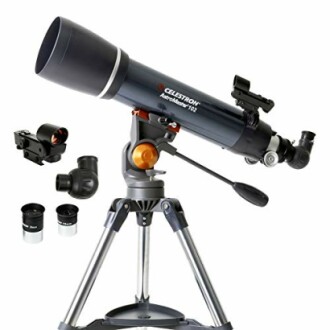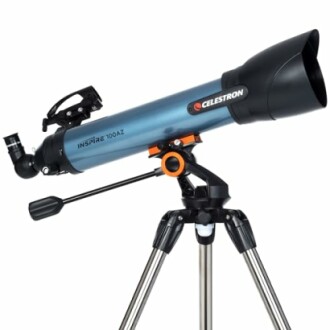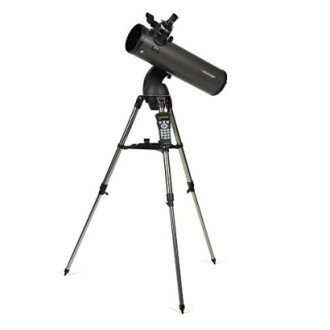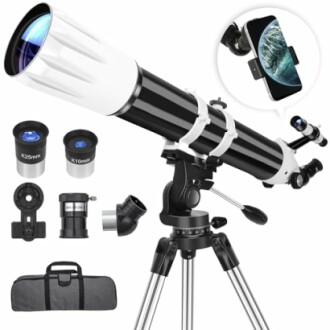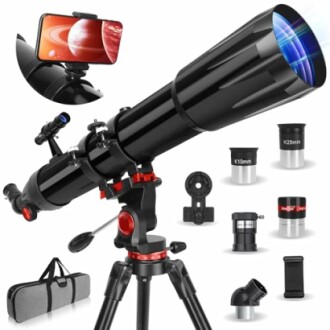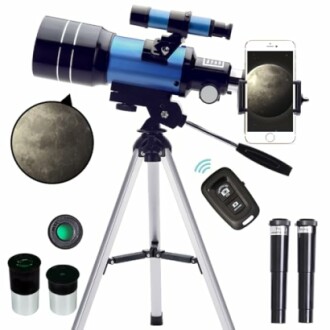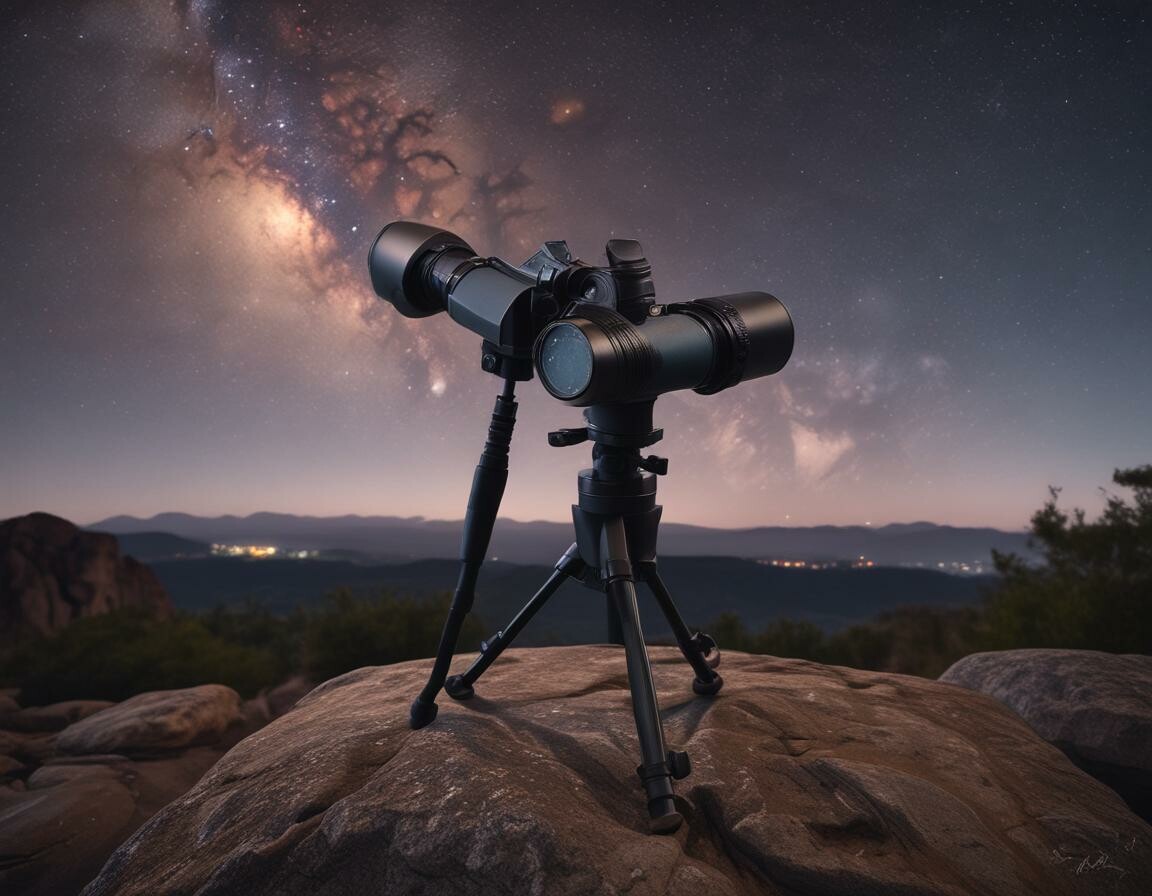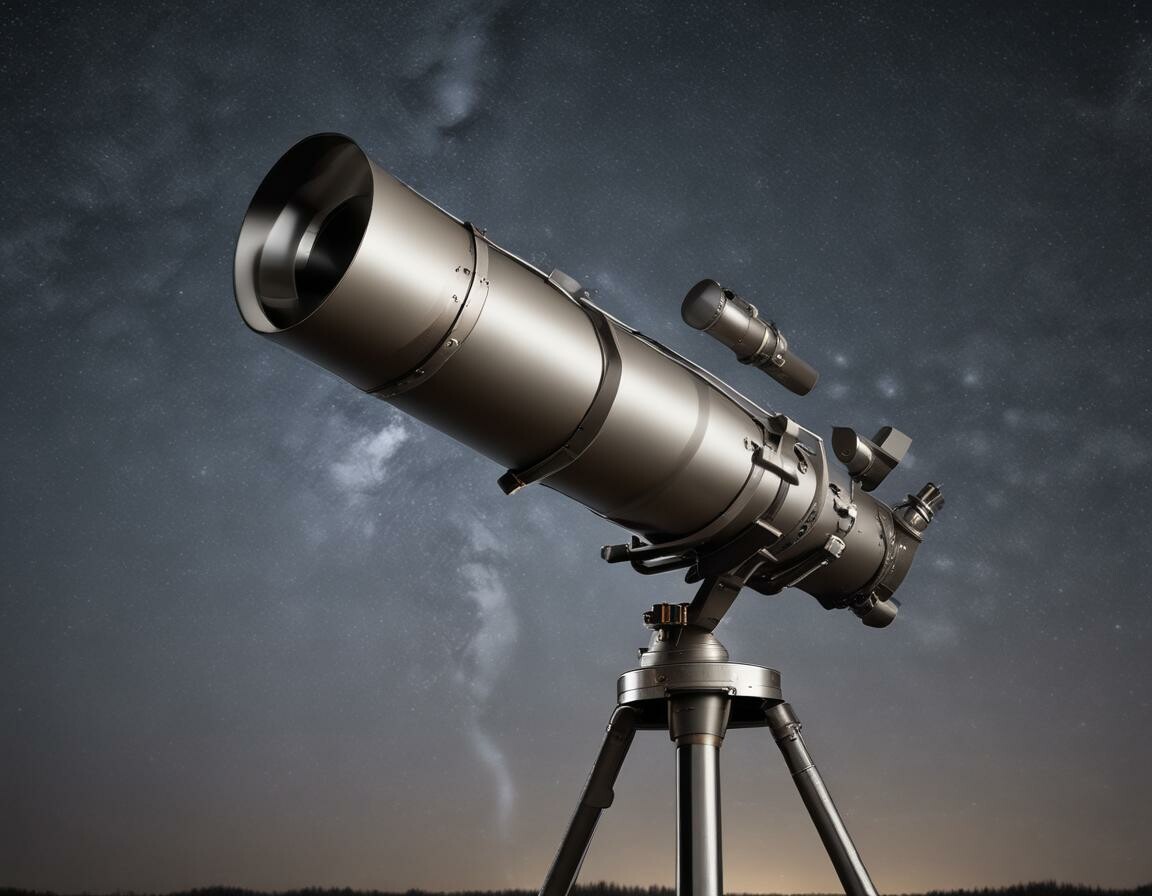Refractor Telescopes
In the quest to explore the cosmos, refractor telescopes stand out as a powerful tool for both amateur and seasoned astronomers. However, many enthusiasts struggle to maximize their potential, often feeling overwhelmed by the vast array of options and technical jargon. This guide aims to illuminate the path to mastering refractor telescopes, revealing insights that will transform your stargazing experience and deepen your understanding of the universe.
Understanding Refractor Telescopes
Refractor telescopes utilize lenses to gather and focus light, making them ideal for observing celestial bodies. Their design is straightforward, yet the intricacies of their performance can leave many users frustrated. The primary challenge lies in selecting the right model and understanding how to optimize its capabilities.
Why Choose a Refractor Telescope?
Refractor telescopes offer several advantages over other types, such as reflectors. They provide crisp, clear images with minimal maintenance, making them perfect for beginners. Additionally, their compact design allows for easy transport, enabling you to take your observations on the go.
Key Features to Consider
When selecting a refractor telescope, several features can significantly impact your viewing experience:
Aperture Size
The aperture, or diameter of the primary lens, is crucial for light-gathering ability. A larger aperture allows for clearer and brighter images, especially when observing faint objects. For most enthusiasts, an aperture of 70mm to 100mm is ideal for deep-sky observations.
Focal Length and Ratio
The focal length determines the magnification and field of view. A longer focal length provides higher magnification, while a shorter one offers a wider field. Understanding the focal ratio (focal length divided by aperture) can help you choose a telescope that suits your observing style.
Mount Type
The mount is just as important as the telescope itself. An equatorial mount is beneficial for tracking celestial objects, while an altazimuth mount is easier for beginners. Selecting the right mount can enhance your overall experience and reduce frustration during observations.
Maximizing Your Observing Experience
Once you've selected the right refractor telescope, the next step is to enhance your viewing sessions. Here are some strategies to elevate your stargazing:
Use Quality Eyepieces
Investing in high-quality eyepieces can dramatically improve your viewing experience. They enhance clarity and contrast, allowing you to see more detail in celestial objects. Consider a range of eyepieces with different focal lengths to suit various observing needs.
Light Pollution Filters
If you live in an area with significant light pollution, using filters can help. These specialized filters reduce the impact of artificial light, allowing you to see fainter objects and improve overall image quality.
Regular Maintenance
Keeping your refractor telescope clean and well-maintained is essential for optimal performance. Regularly check and clean the lenses, and ensure that all components are functioning correctly.
Conclusion: Your Journey Awaits
Armed with this knowledge, you are now equipped to embark on your astronomical journey with refractor telescopes. By understanding the key features, maximizing your experience, and maintaining your equipment, you can unlock the secrets of the universe. Don’t hesitate to explore further—join local astronomy clubs, attend star parties, or engage with online communities to share your discoveries and learn from fellow enthusiasts. The cosmos awaits your exploration!
